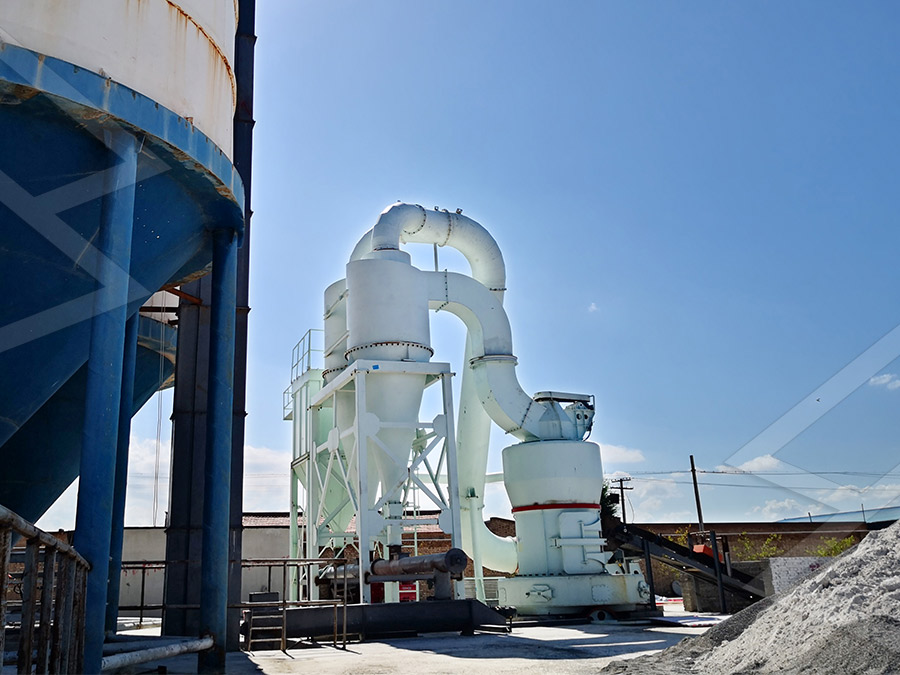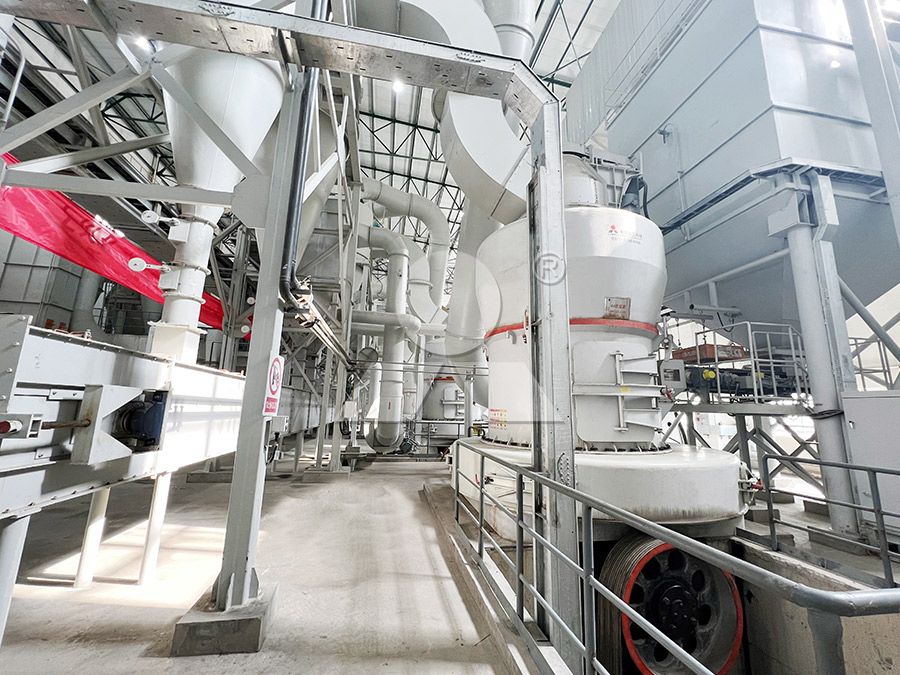Limestone Grinding Mill for Calcium Carbonate in Power Plant Desulfurization
Limestone Grinding Mill for Calcium Carbonate in Power Plant Desulfurization
Flue Gas Desulfurization (FGD) has become a critical process for power plants worldwide to meet stringent environmental regulations. Among various desulfurization methods, wet limestone scrubbing remains the most widely adopted technology due to its reliability and cost-effectiveness. At the heart of this process lies the preparation of high-quality limestone powder, where grinding mills play a pivotal role in determining system efficiency and operational costs.

The desulfurization efficiency directly correlates with the fineness and quality of the limestone powder. Finer particles increase the surface area available for chemical reactions, leading to more efficient sulfur dioxide removal. However, achieving optimal particle size distribution requires advanced grinding technology that balances energy consumption, production capacity, and operational reliability.
Technical Requirements for Desulfurization Limestone Powder
For effective FGD systems, limestone powder typically requires a fineness of 250-325 mesh with consistent particle size distribution. The grinding system must handle raw limestone with input sizes up to 20mm while maintaining stable operation under varying moisture conditions. Capacity requirements vary based on plant size, typically ranging from 5 to 50 tons per hour for medium to large power stations.
Beyond basic specifications, the grinding system must ensure low iron content to prevent contamination, excellent flow characteristics for pneumatic conveying, and minimal moisture to prevent clogging in storage and transportation systems. These factors collectively determine the overall effectiveness of the desulfurization process.
Advanced Grinding Solutions for Power Plants
After extensive research and field testing, our engineering team has developed specialized grinding equipment tailored for power plant desulfurization applications. The MW Ultrafine Grinding Mill represents our latest innovation in this field, specifically engineered to meet the demanding requirements of modern FGD systems.

This advanced mill system processes limestone with input sizes of 0-20 mm and delivers capacities ranging from 0.5 to 25 tph, making it suitable for various plant scales. What sets the MW series apart is its exceptional energy efficiency – achieving 40% higher production capacity compared to jet mills and double the output of traditional ball mills while consuming only 30% of the energy of jet grinding systems.
Key Operational Advantages
The MW Ultrafine Grinding Mill incorporates several proprietary technologies that ensure reliable operation in power plant environments. The absence of rolling bearings and screws in the grinding chamber eliminates common failure points, while the external lubrication system enables maintenance without production interruptions. The German-designed cage-type powder selector provides precise control over product fineness, adjustable between 325-2500 meshes to meet specific desulfurization requirements.
Environmental compliance is built into the system design. The integrated pulse dust collector ensures dust-free operation, meeting strict emission standards. Combined with noise reduction features, the mill operates well within environmental regulations while maintaining 24-hour production capability.
System Integration and Operational Efficiency
Successful desulfurization grinding systems require seamless integration with existing plant infrastructure. Our engineers work closely with power plant operators to design complete solutions that include material handling, grinding, classification, and storage systems. The digital control systems allow for remote monitoring and adjustment of key parameters, ensuring consistent product quality while minimizing operator intervention.

For larger capacity requirements or specific project constraints, we also recommend the LUM Ultrafine Vertical Grinding Mill, which combines German powder separating technology with advanced grinding roller design. This system offers capacities of 5-18 tph and features unique double position-limiting technology for enhanced operational stability.
Long-term Operational Considerations
Beyond initial performance, power plant operators must consider long-term reliability and maintenance requirements. Our grinding systems are designed with serviceability in mind, featuring accessible components and comprehensive spare parts support. The digital manufacturing processes ensure high precision in core components, extending equipment lifespan and reducing lifetime operating costs.
Frequently Asked Questions
What is the optimal fineness for limestone powder in FGD systems?
Most FGD systems operate efficiently with limestone powder between 250-325 mesh. The MW Ultrafine Grinding Mill allows precise adjustment within 325-2500 meshes, enabling operators to optimize for their specific system requirements.
How does the energy consumption compare to traditional ball mills?
The MW Ultrafine Grinding Mill reduces energy consumption by approximately 50-60% compared to traditional ball mills while achieving higher production rates and more consistent product quality.
What maintenance requirements should power plants anticipate?
With no rolling bearings or screws in the grinding chamber and external lubrication systems, maintenance requirements are significantly reduced. Typical maintenance involves periodic inspection of grinding elements and routine checks of the classification system.
Can the system handle variations in raw limestone quality?
Yes, both the MW and LUM grinding mills are designed to accommodate normal variations in limestone characteristics. The advanced control systems automatically adjust operating parameters to maintain consistent product quality.
What environmental compliance features are included?
The systems feature integrated pulse dust collectors, noise reduction technology, and closed-system operation that exceeds national environmental standards for dust emissions and noise pollution.
